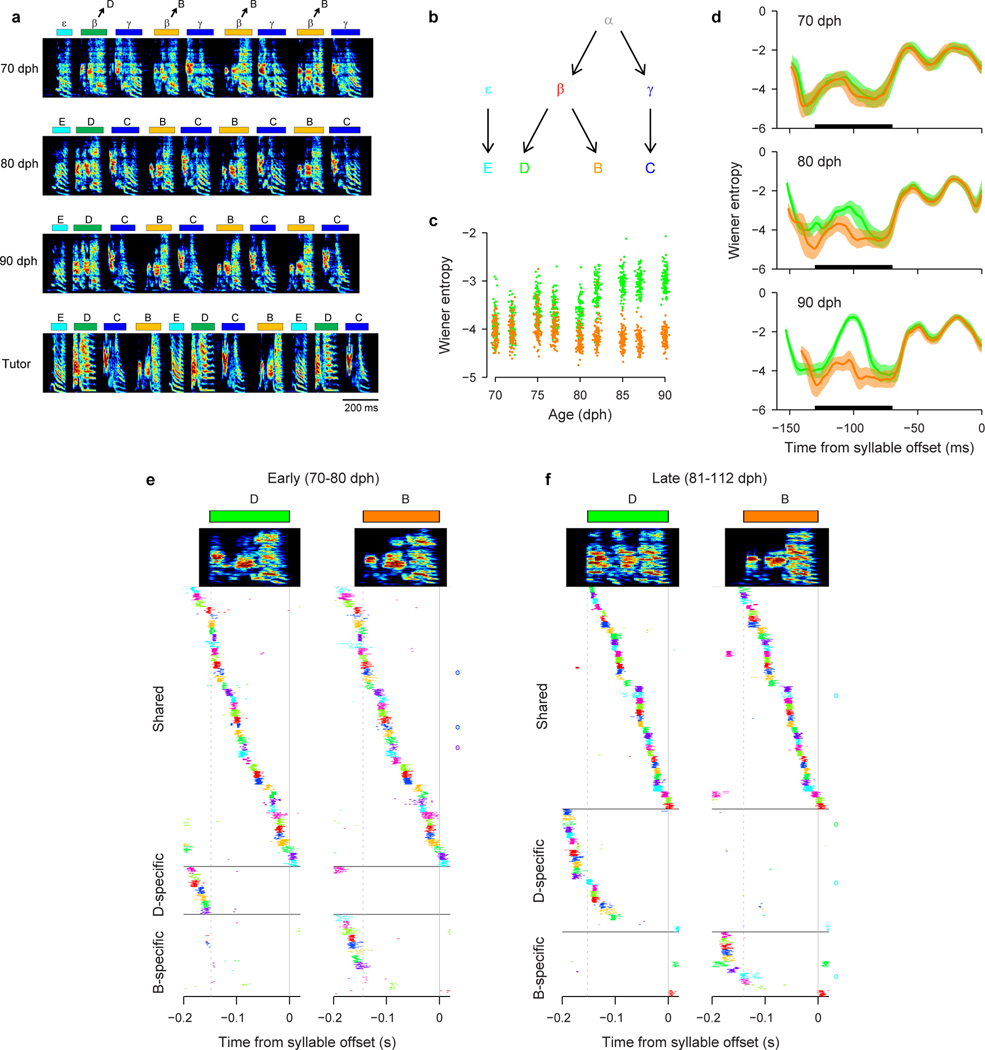Extended Data Figure 7. Hierarchical differentiation of syllables.
All data are from Bird 1. a, Song examples during the emergence of syllables B and D from a common precursor syllable β, which had undergone earlier differentiation from a protosyllable α (Bird 1; same bird as Fig. 3). Panels: i (70 dph), After the initial differentiation of the protosyllable into β and γ (at ~62 dph), the bird produced a rhythmic alternation of these two syllables, and the alternating sequence was reliably preceded at bout onsets by a short vocal element ε (ε-β-γ-β-γ-β-γ…). Note that the first repetition of β in each bout (labeled D) is acoustically identical to later repetitions (labeled B); panel ii (80 dph), the first repetition of β in the bout (syllable D) undergoes differential acoustic refinement compared to later repetitions (syllable B); iii, syllable B, C and D, together with bout-onset element ε, crystallize into adult motif EDCB (90 dph), that approximately matches the tutor motif (panel iv). b, Schematic of syllable formation. c, Scatter plot of the mean Wiener entropy showing differential acoustic refinement of syllables B (orange) and D (green) through development (n=100 syllables of each type per day; horizontal jitter added to improve data visibility). d, Wiener entropy trajectory of syllables B and D at three stages of vocal development (median ± quartiles; n=100 syllables of each type per day). Black bar indicates region used to compute data in c. e, Population raster of 60 neurons early in syllable differentiation showing shared (top) and specific (bottom) sequences. f, Same as panel e, but for 70 neurons recorded late in differentiation of D and B.
Evidence for an incomplete splitting of a neural sequence. The pattern of shared and specific neurons observed for these syllables is quite similar to what would be expected in our model during an early/intermediate stage of splitting (Fig. 5c or Extended Data Fig. 10c). Of particular note in this bird is the large fraction of shared neurons that remained in the later recordings (panel f), compared to the smaller fraction of shared neurons at late stages in syllables B and C of the same bird (Fig. 3h). However, syllables B and C differentiated from parent syllable α early in development (~60 dph, Fig. 3b), while D and B differentiated from β at a much later stage (~80 dph, panel c). One might speculate that the splitting of D and B may have failed to reach completion before the bird reached adulthood, possibly preventing further splitting.
Neural evidence (shared burst sequence) for hierarchical differentiation was also observed in Bird 6 (data not shown). Neural evidence (shared burst sequence) for bout-onset differentiation was also observed in Bird 5 (data not shown).

